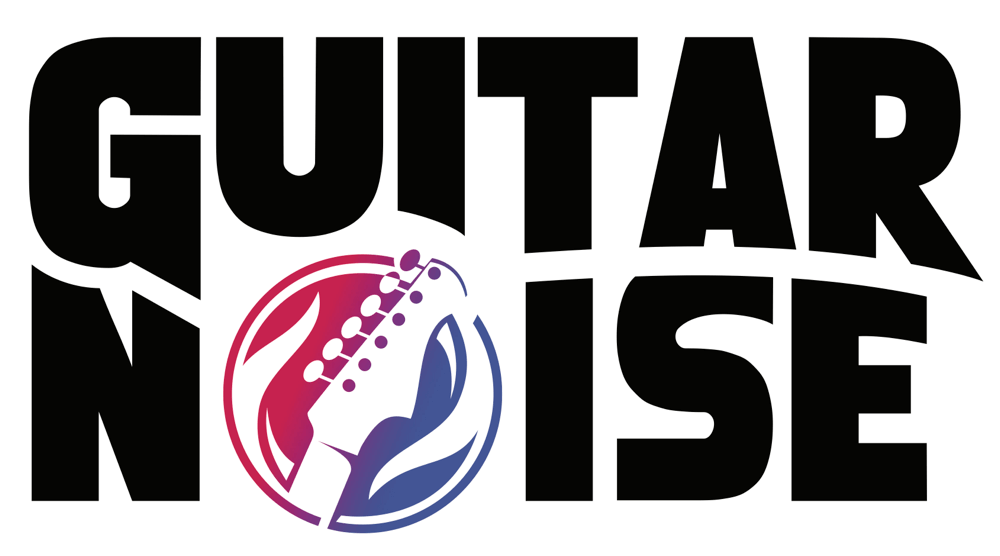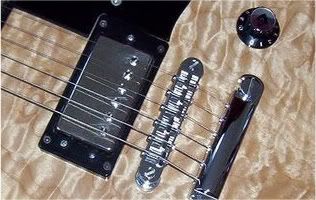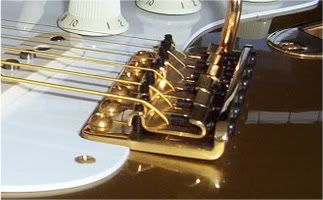All my electric guitars require the bridge saddles to be really far back to get correct intonation. In the worst case the saddle is as far back as it will go and still the octave is a little sharp. I use two electronic tuners so it is not my ears which are out. I think it must be something I am doing as five guitars cannot all have the bridge in the wrong position. I do not have the action particularly low and I use strings of the recommended gauge for the guitar. Any input would be appreciated.
45 years playing and still rubbish.
Better experts than me will chime in in a bit, but I had a thought-
How high is your nut?
How high are your bridge saddles?
What's the string height around the 12th fret? (Which could be due to bridge height, nut height, or neck relief)
If your strings are too high, then you're stretching them to fret- which will cause them to go sharp. I'm not sure of the physics behind it, but it sees that the further down the neck you go, the sharper they can turn.
Try this- tune all six strings exactly. Then check the tuning of the notes around the fifth fret. Tenth? Twelfth? If it's all sharp, and getting gradually sharper the further up the next, the intonation could be at fault, but if you've got the saddles all the way back and it still does this, I'm betting on string height. (Due to nut, bridge, or neck)
Best,
Ande
I second that without any fanfare, or even pics, though I have plenty of pics of bridge set ups and intonation issues, especially saddle heights and 'stagger' configurations. I don't know what types of guitars you have, but I acknowledge that this is a very common problem, and saddles tend to be pulled back often, to their limit?
Yes, I think it has to do with string height, and if it can't be remedied at either bridge or nut, it is logical as Ande said to consider the neck too - it's bow or relief.
In general, short strings are sharp. That's why you are lengthening them by adjusting the saddles way, way back. Again, it is so common, that some people cut the spring on the adjustment screw, and some actually grind the saddle; you should never have to do that.
There are exceptions on 3-barrel-saddle vintage Tele bridges, where you must make concessions, or take an 'average' balance between two strings at a time, and have one or both a little bit 'off' or inaccurate. And that's what compensated saddles are for. Not much you can do with Strats, besides saddle height and to radius them, but try to lay that bridge flatter.
And on tune-o-matics, you are allowed to turn around the pyramid-type saddle to get the adjustment that you want. In your case, the ramp would be forward towards the headstock, and the 'rise' or highest point of take-off, at the back.
Like a bird on the wire,
like a drunk in a midnight choir
I have tried in my way to be free.
The guitar that prompted me to post is my latest addition. Its an Aria TA 50 (335 lookalike). I bought it new. "set up" and ready to go. Nut is not too bad with about 0.010" clearance at first fret with capo on 3. Neck was a bit tight so I slackened it back for about 12 thou at 12th fret. Raised bridge to stop fret buzz from bottom E when fretted at 11th fret and that is how it is set up now. Bridge is "tune-o-matic" style but springs are on neck side of saddles and slacken off as you wind saddles back. I will replace them with longer, stronger ones. My other electrics are a Squier Strat, an Epiphone Les Paul and a Peavey bass. Sqier is best of all. It is beautifully set up and a dream to play but even then the saddles are well back. Thank you both for your input. Looks like I will have to buy a "genuine" guitar!
45 years playing and still rubbish.
on ToM bridges the bass (and sometimes G) string saddles often are "reversed" compared to the treble strings. this puts the vertical side of the saddle (as opposed to the slanted side) toward the rear of the guitar, biasing the intonation adjustment range to the longer side for those strings. to reverse the saddle, you must completely remove the adjusting screw, turn rotate the saddle 180 degrees and re-insert the adjustment screw. this would be most useful on the E A and unwound G strings (wound G strings require less compensation)
-=tension & release=-
I have had to flip a saddle once or twice to get a guitar to intonate,
"Work hard, rock hard, eat hard, sleep hard,
grow big, wear glasses if you need 'em."
-- The Webb Wilder Credo --
Jocko and friends, I looked through some pics, cropped, and came up with these, verifying what others have said.
Jocko, on your tune-o-matic we often have to place the vertical part of a saddle back as far as it can go, as I seem to have done on this Guild. Please see the the E and the G (of all things), looks as if they had to go as far back as they could. On this one, every saddle is turned the same direction, just because we can, and did? The part I referred to as the ramp, or the angled part of each saddle happens to be facing forward toward the headstock, consistently.
I'm glad your Squier Strat is a beaut and is working well for you. :D Here's my fairly typical, working set up on a '57 VRI. That nearest E, or 6th can so often be the trouble on a Strat? I guess you would have to further pull the bridge's tail down if the intonation needed correcting, and instead of having a floating bridge (although this is vintage and isn't technically floatable) and use the trem for downward movement or divebombs only.
Like a bird on the wire,
like a drunk in a midnight choir
I have tried in my way to be free.
You get so used to the look of the saddle pattern, some guitars you can tell the intonation is off just by glancing at them.
"Work hard, rock hard, eat hard, sleep hard,
grow big, wear glasses if you need 'em."
-- The Webb Wilder Credo --



